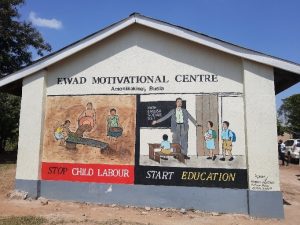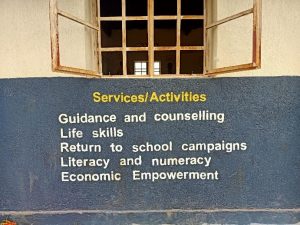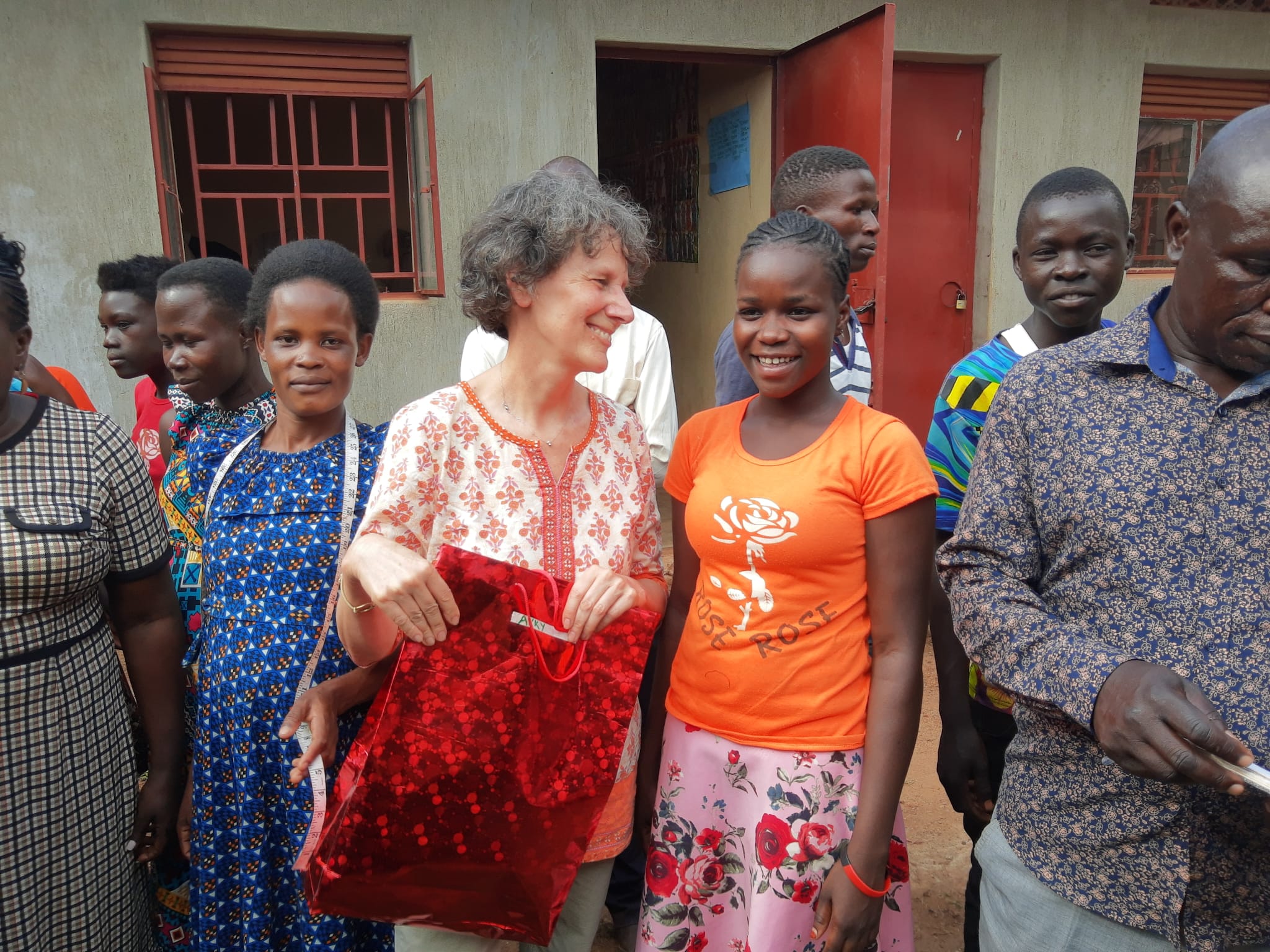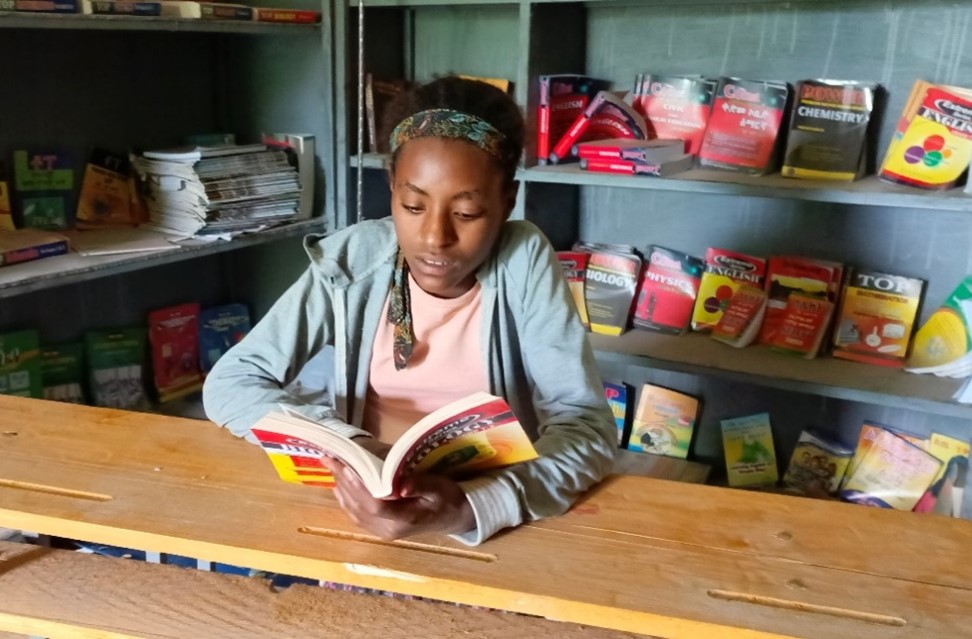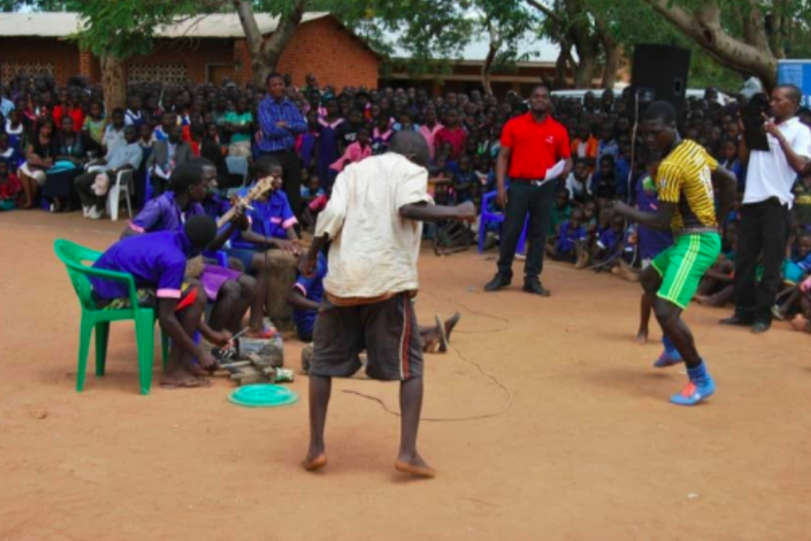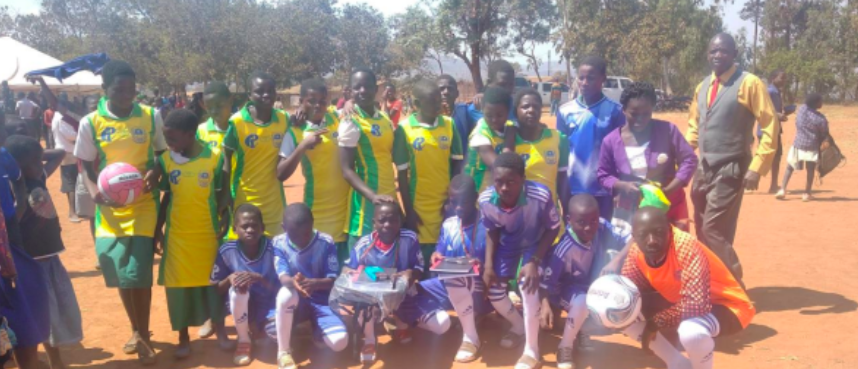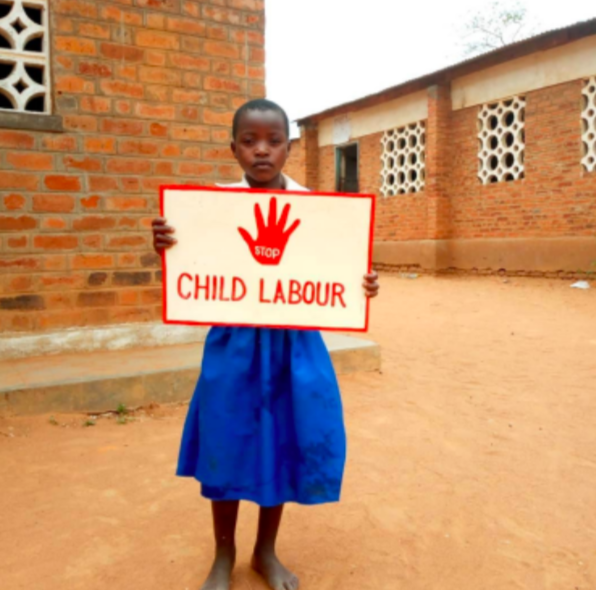By: Akky de Kort, WNCB country lead for Uganda
WNCB partners Hivos/Stop Child Labour Coalition, UNICEF and EWAD in Uganda have, together with a consortium of partners, finalized the implementation of the Joint Forces to Tackle Child Labour project in Busia, Uganda. The project supported the artisanal and small-scale mining (ASM) communities in preventing and reducing child labour, and establishing a sustainable, traceable gold supply chain to create a better future for miners and their families. EWAD continued its efforts, as part of the WNCB programme. Read more about the evaluation and lessons learned in this article.
Akky de Kort visited the area in March 2022.
“Last year EWAD continued working with the area based approach, also during the COVID-19 pandemic with lockdowns and closure of schools for two years. This was a very difficult period. We saw youth and children going back to the mines and girls, from vulnerable families, got pregnant and married. An awful situation. However, EWAD, under the WNCB programme, was able to organize home learning activities within the communities involving the teachers. Some community people offered their homes for learning activities. EWAD continued its motivational centres and set up a vocational training centre were youth, withdrawn from mine activities and other forms of child labour, were placed for training, guiding and counselling.
During my visit to the area, I also visited the mining sites and I interacted with the Tiira Landlords and Artisanal Miners Association (TLAMA). They are now an officially registered association, conducting mining with a license in the area. The miners together invested in learning and using new techniques that work in their context. As a result, they now own a gold processing plant and different sites where they can process the gold ore (stone with gold of economic values) to extract the gold ready for transport to Kampala and other market places for sale. They are also very aware of environmental issues and reduced the use of mercury and other chemicals. I was happy and impressed to see that sites are much better organized. At this moment, TLAMA is ready to register as a medium size mining company and is waiting for the new mining bill to be ready. The step to a large scale mining company might be too much for now, but they definitely strive for that in the long term.”
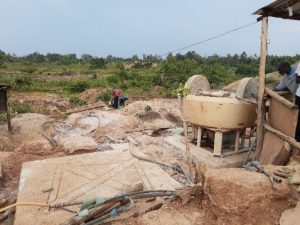

“I also visited a small scale gold mine (ASM) in the Karamoja area where the situation is now as we saw in 2016 in Busia. The mining practices in the Karamoja sites are still poor compared to those I visited in the Busia district. Gold in Karamoja is very precious and better quality as in Busia, and has therefore good potential to develop further. The Karamoja ASM-gold people visited Busia in August 2021. Since then they also formed an association and are now also registered. After their visit to Busia, they decided to buy new equipment. As a next step, the WNCB programme in collaboration with Solidaridad is now setting up a training and hands-on support from the TLAMA to support the Karamoja ASM-gold so that they can also develop further.”
“It takes long to get Artisanal and Small Scale Gold miners (ASGM) organized. We have seen that trust is a main issue. It really helped that the ASGM was involved in the area based community approach, that the miners received training, and that awareness campaigns have been organized. Also, the fact that they organized themselves and saw what strength and collaboration can bring, has brought them to this level. From these experiences I can conclude that the organization and formalization of ASGM is very important and the best way towards improving the mining practices.”
